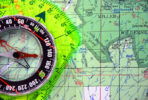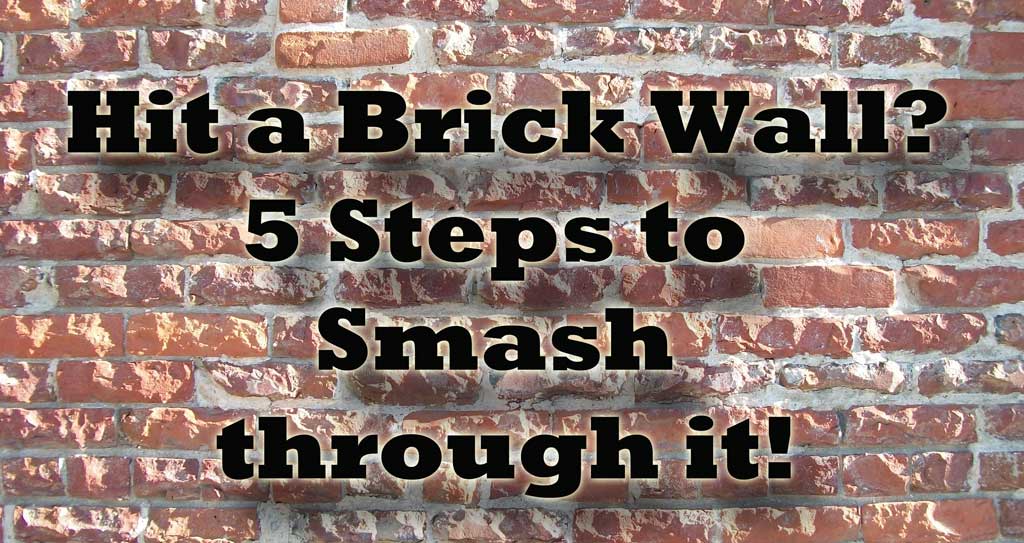A Toast to Tavern Scenes (and How to Use them In ANY Genre)!
Tavern scenes are the mainstay of nearly every adventure and fantasy book. So are readers bored with them? How could they be? You’ve got swaggering characters looking for adventure; the inclination to pour out one’s woes (along with beverages); and a mix of wary strangers. All these elements generate lots of great plot potentials in a tavern scene.
But wait! Maybe you are writing chick lit or a children’s book. Yep, the concept of a tavern scene still works (minus the barmaids and beer, of course). As an editor for over 20 years, I help writers develop their books and I know that tavern-type scenes offer many bonuses.
Gather a bunch of characters, offer them food and drink and watch a great scene develop! That is just as true for a campfire talk in an adventure, a lunchroom scene in a children’s book, or coffee shop chat in a chick-lit novel. Just gather a group of like-minded people, mix in beverages and food, allow them time to discuss the situation (meaning the story’s plot thus far) and you have the perfect scene to further your story.
Here are several of the things you can include in a scene like this:
- Insert necessary background info in a natural way
One of the group just happens to know the inside scoop on an important background element. It can come out as gossip or a tall tale or an unexpected comment. But however it comes about, you can use a minor character to reveal background information that, otherwise, would feel like an info dump if you (the author) had just inserted it any other way. - Show the attitudes of various characters
Gather any group together and you can expect varying opinions, hurt feelings, love interests and jostling good fun. Use the interactions to demonstrate how the personalities of your characters vary or are similar, showing alliances and differing camps. - Reveal inner problems and fears
By showing those attitudes, the other characters can react in ways that reveal their own fears or expectations. - Create additional plot elements or change them
Once they get into these discussions it will likely result in a need for a decision or action. Suddenly the main character can’t do what he intended because of what someone said. Or he may feel forced into doing something else. - And do any or all of the above with drama and tension
All of these potentials for interactions and dialog will involve tension and drama. After all, people are acting and reacting, making decisions and being called out for their attitudes—the makings of a strong scene. Your main character can feel forced to make decisions, discover regrets and fears he hadn’t expected, face his weaknesses, and find new strengths. Basically challenge him from the revelations that are shown in the scene and that now need to be dealt with.
All of this then makes the (nearly obligatory) tavern scene in any fantasy; the campfire scene in an adventure; the lunchroom scene in a children’s book; or the coffee shop chat in chick-lit become a really important, character-developing and plot-strengthening opportunity.
Want to discuss YOUR tavern-type scene with an editor? Email me at linkedin@bristolservicesintl.com and let’s discuss it!
Want more tips on writing? Visit my website at http://www.bristolservicesintl.com
Thanks! Sandra Haven, Editor







Pingback: D for Drinks! #AtoZChallenge | The Book Wire